Bigger Than Life (1956)
“One pill, and he thought he could handle anything. One pill, and he thought he was bigger than life!”
|
Synopsis: |
|
Genres:
Review: Unfortunately, this seeming “happy ending” merely signals the onset of an increasingly nightmarish existence for the Averys, as Ed discovers that cortisone provides him with a new kind of strength and virility which he had been sorely lacking before. He can’t seem to help himself from taking more than the prescribed dosage of his medication, and soon becomes a frightening figure of irrational authority in his household, demanding more and more control over his wife and son’s every move. The story quickly goes beyond the audience’s comfort zone, showing us the “hidden” impulses and thoughts which emerge when Ed is no longer constrained by petty concerns such as earning an income and maintaining a modicum of social propriety. Ultimately, then, Bigger Than Life shows us a prototypical 1950s family man who secretly longs to transcend his cloistered existence (posters and maps of far-away countries — places he can’t afford to visit — line the walls of his house), but who is torn by a sense of guilty responsibility to his family. His wife (played with firm resolve by Barbara Rush) is similarly stuck in a vision of 1950s propriety: she’s afraid to send Ed to a psychiatrist because of what this would imply about his sanity, and unable to stand up to her husband even in the face of extreme danger to herself and her son. While the film ends on an unrealistically upbeat, pro-family note (perhaps demanded by audiences of the day), fortunately this doesn’t erase the impact of the gripping psychological horror that has come before. Redeeming Qualities and Moments:
Must See? Categories
(Listed in 1001 Movies You Must See Before You Die) Links: |

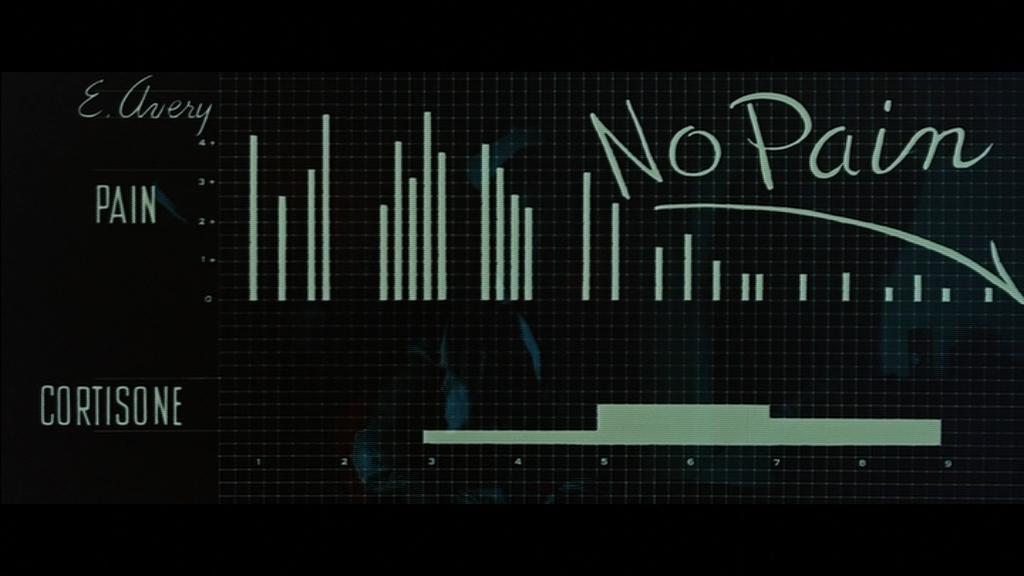
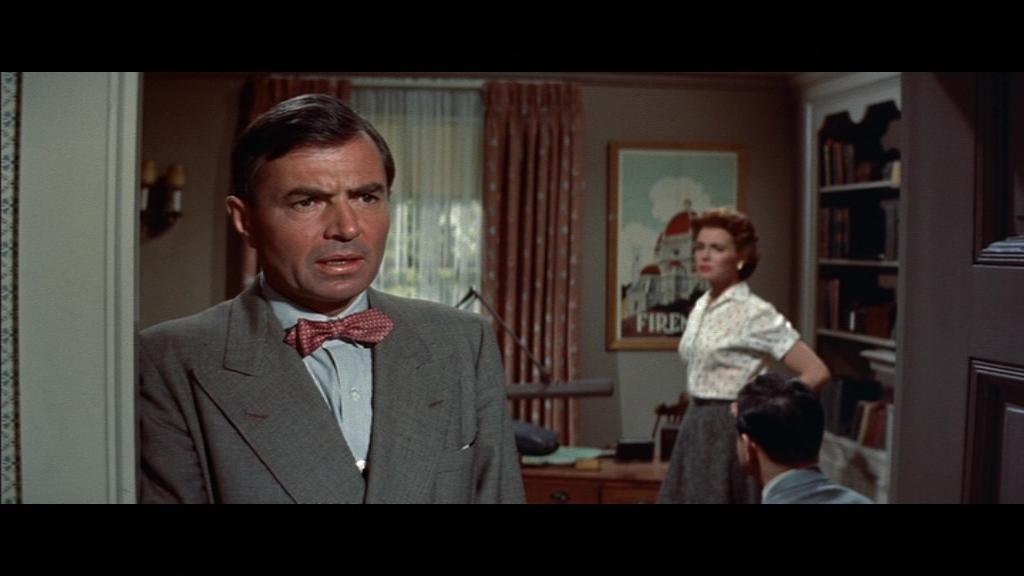

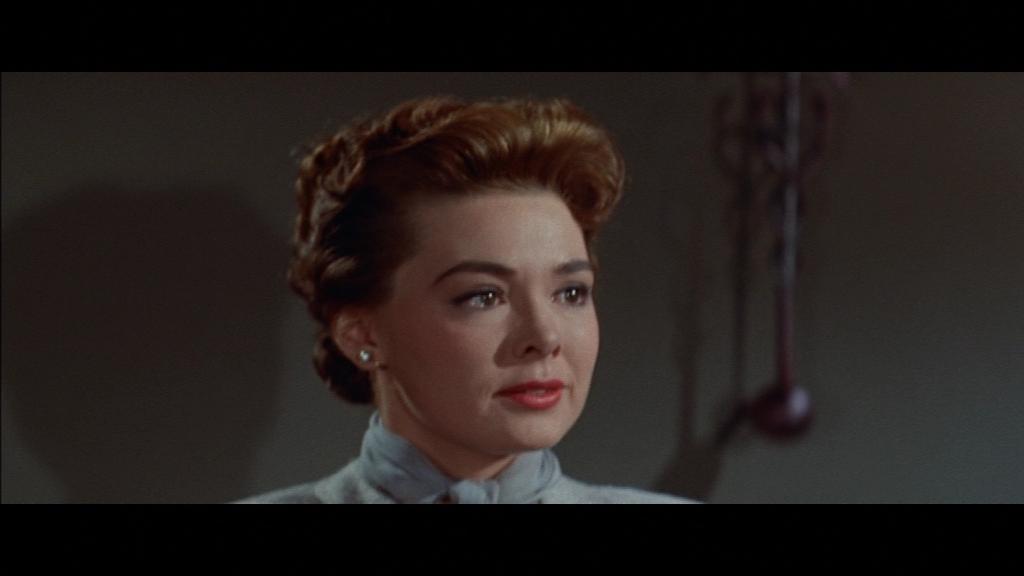
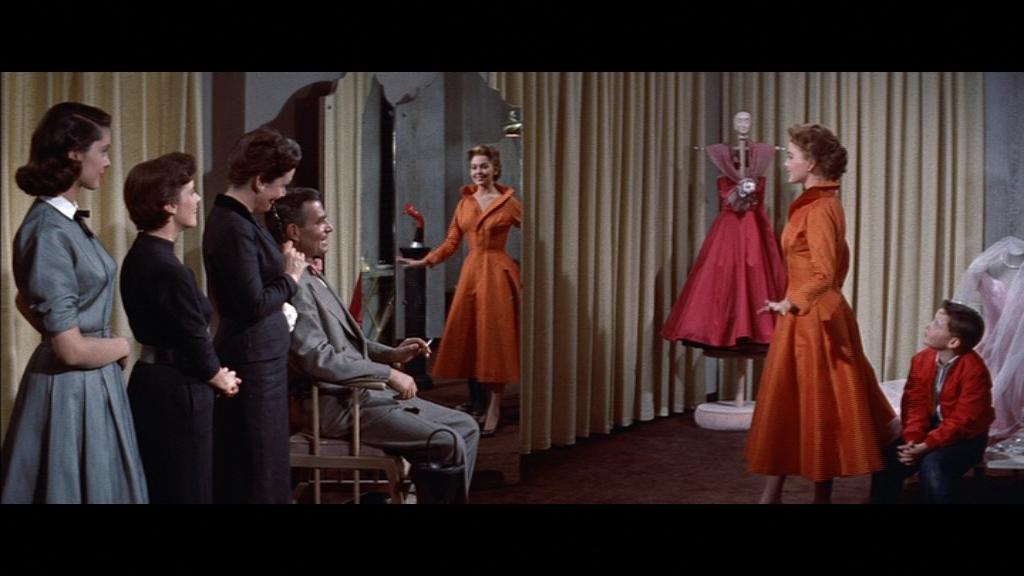
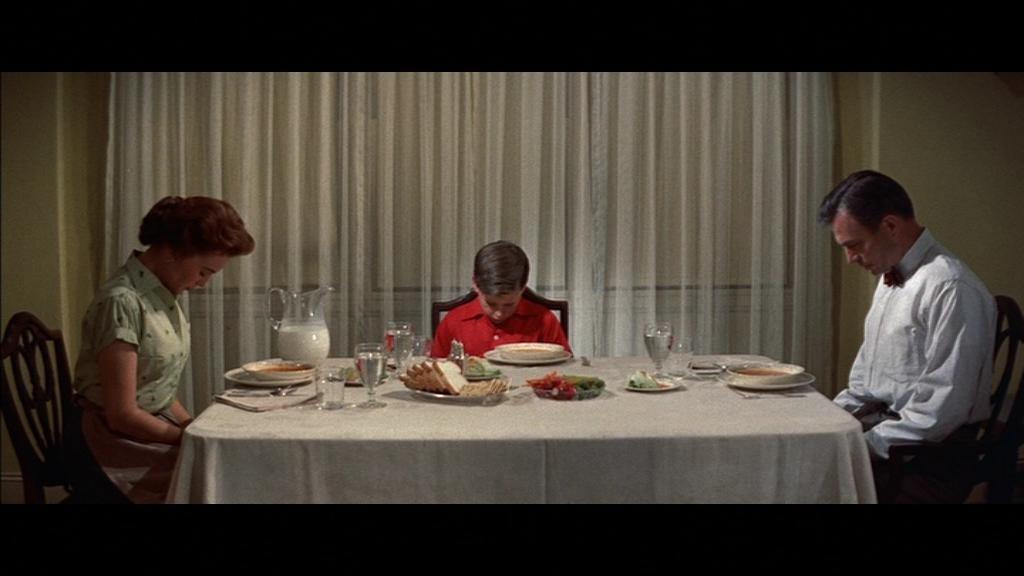

One thought on “Bigger Than Life (1956)”
An absolute must – and in total agreement with the very astute assessment. So, perhaps not all that much to add.
I don’t know that I’ve ever seen Mason give a bad performance. He’s among the most solid of actors and watching him is always a film fanatic’s delight. Here – two years after playing another addict in ‘A Star is Born’ – he delivers another extremely layered portrait of a man trapped by substance abuse. This time, though, there’s a difference. We keep wanting him to make SOME KIND of sense (we pull for him because of his strength as an actor), but we slowly come to realize that his psychosis renders him a ‘cripple’; his character’s intelligence is used against him. (The “God was wrong.” moment is esp. shocking.)
Director Ray’s hand is assured throughout – and comes to typical boil at the film’s climax, handled with frightening and very believable realism. (Ray also gets surprisingly impressive, nuanced performances out of Rush and Olsen.)
This is simply a stunning film, considering its time. And amazingly relevant today.
I don’t know that I find the end of the film unsatisfying: Rush is told that there may be hope for Mason if he recognizes his family after his breakdown – which he does (we’re to assume out of his overriding love). It’s also stated that Rush will have to be in control of what Mason takes, and it’s clear that she will.
Luckily, the Fox Movie Channel (the only major studio with its own tv channel – and an extremely odd curating process for a major studio) has lately been showing ‘Bigger Than Life’ in a pristine print. If DVD is doubtful at the moment, FFs can at least expect to find it at FMC.